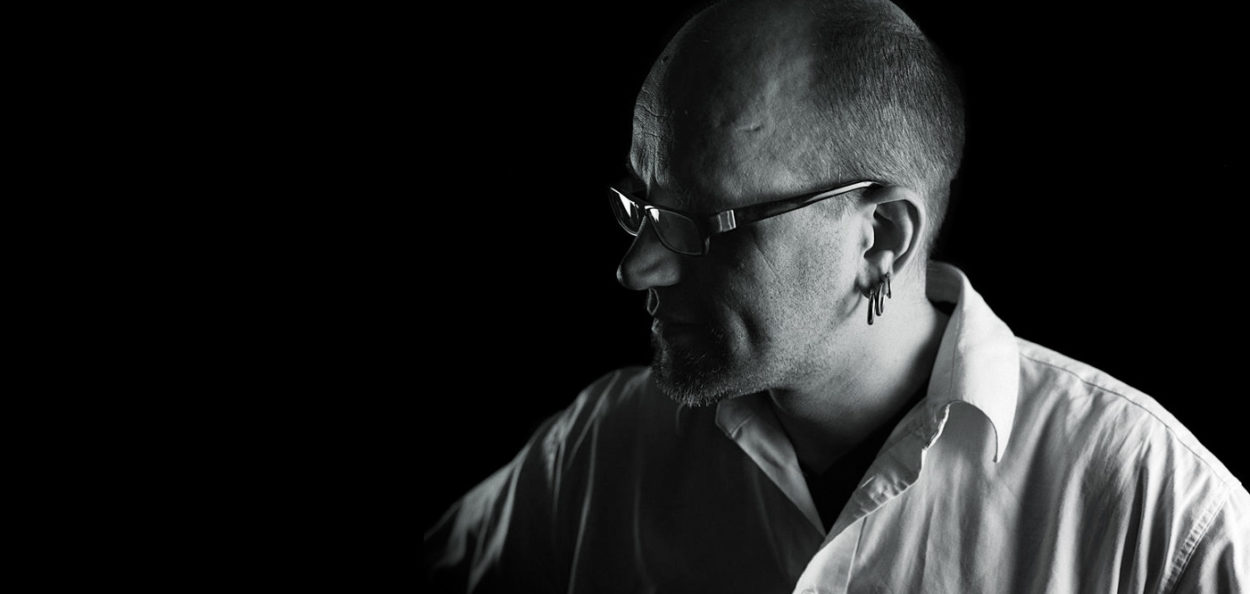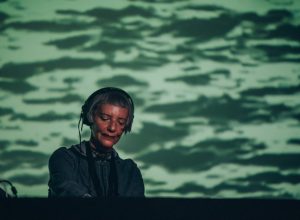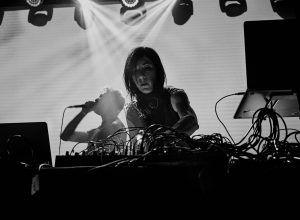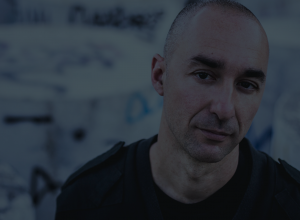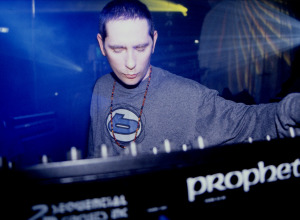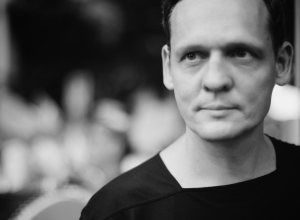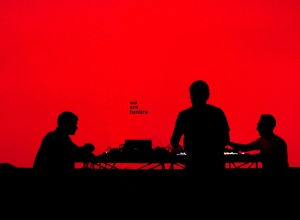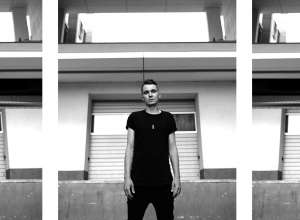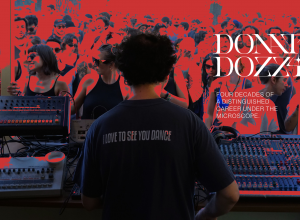The iconic Robert Henke and his abilities to surprise his audience with innovative creations are still ongoing since the late ‘80s. Henke was born in 1969 in the city of Munich and is better known as a composer, installation artist and software developer now based in Berlin. His contributions to contemporary electronic music and his laser installations are an essential part of his work. However, Henke’s interests go beyond. His engineering capacities and admiration of technical objects led to the creation of numerous works renowned worldwide.
Recognised for the development of his own instruments, Henke’s artistic works were simultaneously supported by his engineering background. He transformed electronic music production and performance utilising algorithms that he built up himself. Induced by the beauty of science, Robert Henke’s sounds incorporate exceptional rhythm and colour.
With the fall of the Berlin wall and the emergence of the new electronic music culture during that time, in 1995 Robert Henke together with Gerhard Behles founded his musical project Monolake. Since 1999, Monolake project continues solo by Henke, occasionally in collaboration with other audio-visual composers’ contributions.
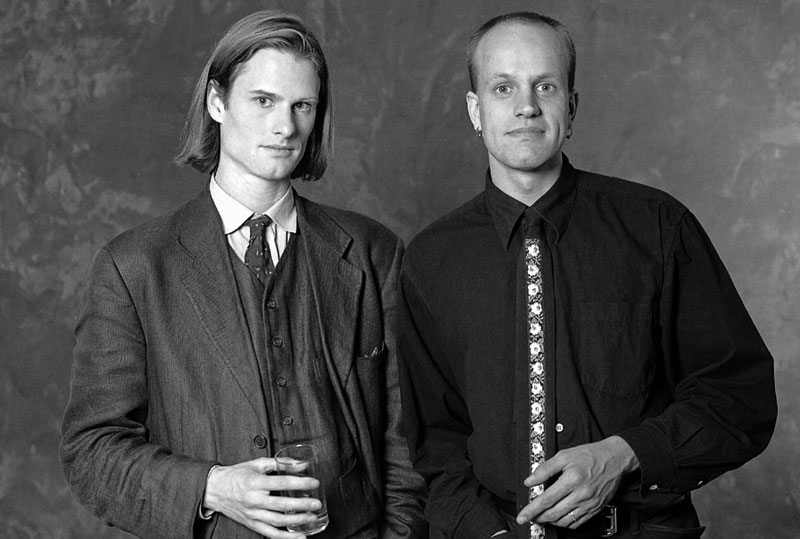
Henke as Monolake has released numerous albums, EPs, compilations, and remixes throughout his long career as a musician. Most of his musical works are released in Imbalance Computer Music, the successor of Imbalance Recordings—label established by Basic Channel in 1993, in which Henke released his first CD album, Piercing Music (1994). One of Henke’s latest projects includes VLS I album—the endpoint of a series of six EPs released in between 2014-2016, the source material of which has been re-arranged and modified for the album with bits of former unreleased pieces.
Robert Henke is also one of the main creators of the music software Ableton Live, which since its invention in 1999 became the standard tool for electronic music production and completely redefined the performance practice of electronic music. In 2003, he built his own MIDI controller, Monodeck, and later he created a new version named Monodeck II. Moreover, he created Max For Live, a flavour of the Max programming language that works in conjunction with Ableton Live and enables users to create, share, and modify the devices. Granulator II, a granular synthesizer, is an example of Max For Live devices which is Henke’s other own-built instrument.
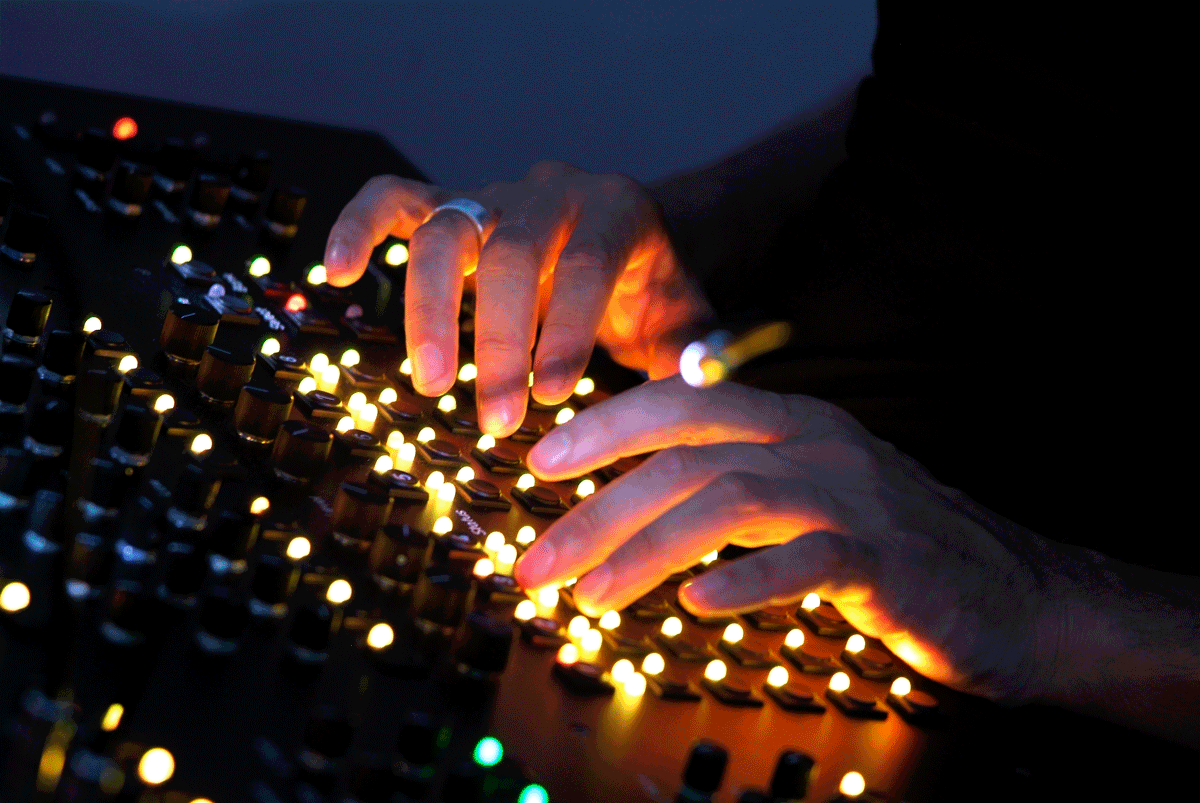
Besides his creations as a musician and engineer, Henke is very active in the visual arts scene. Some of his laser installations include Atlantic Wave Terminals, Fundamental Forces, Fragile Territories, Fall, Lumière, and many more. Another project worth mentioning is Deep Web, a kinetic laser installation Henke did in collaboration with Christopher Bauder for CTM Festival in Berlin.
Henke writes and lectures about sound and computers. He taught in prominent creative and academic centers including Berlin University of Arts, Stanford University, and presented his works at numerous institutes such as PS-1 New York, Tate Modern London, MAK Vienna etcetera.
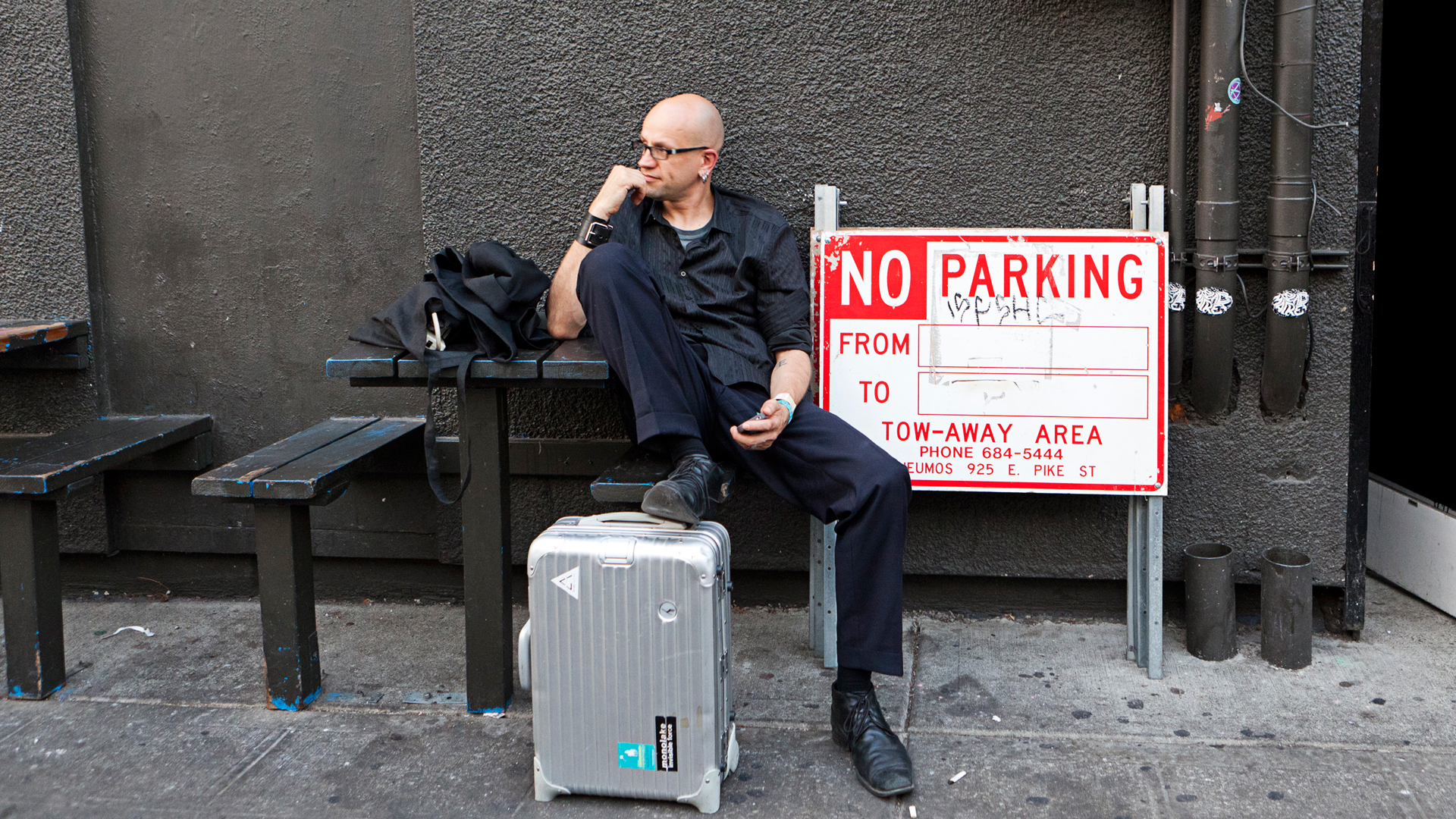
You came to art via engineering. Was there a pivotal moment when you decided to follow your passion for art?
Robert Henke: It was a very slow process. I started expressing myself with electronic sounds, drawings, and photography since I was very young, but I did not consider it a valid career path. Instead, I studied computer science and sound engineering, with the idea in mind that I could use the skills to find my way in the grey zone between technology and art. Only much later I managed to find the right balance, partly by understanding that my engineering is a form of art, too.
Can you imagine how your life would be if you would not follow the world of music and engineering? Did you have any early passions that did not include these two fields?
RH: The only alternative would have been studying physics and working in experimental science, building large particle detectors or such things. There is a lot of artistic thinking in physics, too. You have to imagine the unthinkable. The difference is that in physics you have to prove your ideas, which in the arts is impossible by definition.
Is there any person who influenced you such as a musician, painter, scientist, etc.?
RH: Yes! A physics teacher at high school was amongst the first persons who not only taught me about the beauty of technology, but also strongly supported my artistic explorations. He also introduced me to programming.
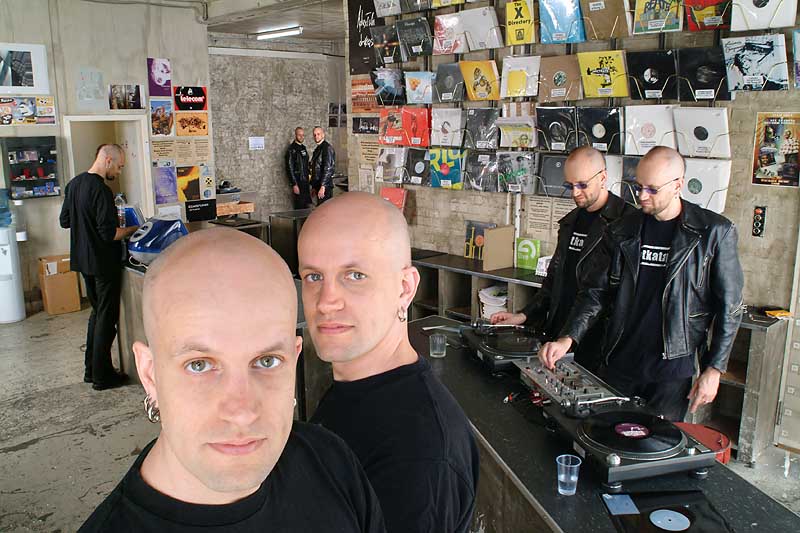
Being involved with various activities requires a lot of energy and effort. Keeping this in mind, how do you organise your day, week, and month? Is it difficult for you to jump from one activity to the other, or everything is interconnected and natural for you?
RH: Good question, and I still do not have a good answer. I try to assign larger time slots to projects and focus intensively on them within that time slot. I either work on a project for Ableton, where I am involved again a lot, or I work on an installation or in the studio, and ideally, don’t do much else during that time. It takes discipline, and it helps to have a partner who’s a music producer herself and understands the odd desires, mood changes, and work hours of an artist. What also helps is that the tools I use for creating my music and for my visual installations are the same, it all comes down to modular synthesis and MaxMSP. Thus, whatever I learn in one medium might reflect back to my work in other areas.
What inspires you to embark upon a specific music or visual project?
RH: There is no strict rule. Sometimes I want to solve a particular problem, or I want to explore a new instrument, and by doing so, new ideas emerge, and sometimes I have a clear picture in mind about a musical or visual result, and then I try to achieve it. At the moment, I am having a lot of fun learning how to integrate a specific hardware sequencer (the Cirklon) into my modular synthesis rig, and I define “exercises” to learn it. By doing so, I very often end up with sketches of new pieces. If you want to learn a sequencer, you have to have sounds. So I create new sounds. And you have to edit patterns, so I do this. As a result, music happens. And since the initial goal is so “naive,” there is no pressure. Odd tempo, odd time signature, who cares, it is only a test. That’s a nice way to escape the perceived restrictions of genres.
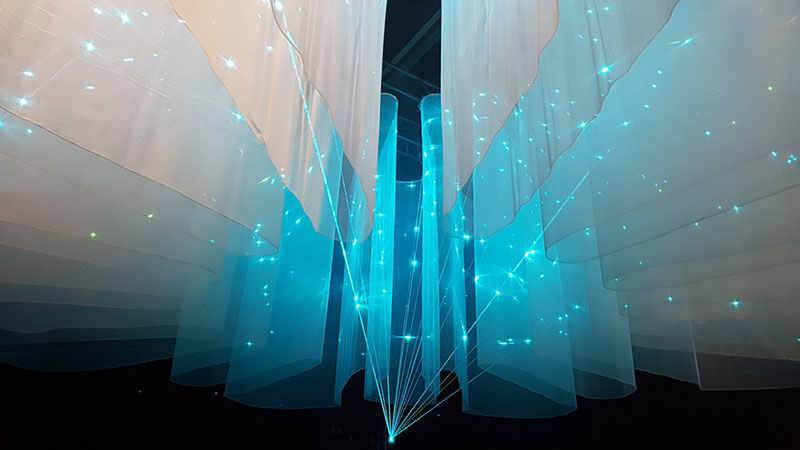
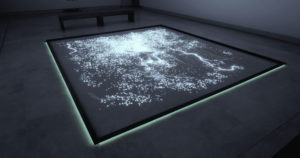
We wanted to ask you about Spline and Phosphor as two of your most exciting projects of last year. Considering that Spline is being presented from March 2017, and it is still ongoing, can you tell us more about the project itself and how did you come up with the idea of using spline interpolation? On the other side, Phosphor seems to be a very interesting dynamic project. Tell us more.
RH: I wrote a lot about “The making of Spline” on my website, thus I focus here on Phosphor. The idea was very simple: I use an ultraviolet laser beam to excite phosphorescent pigments on the floor of the museum. This means I paint with light, and the traces slowly fade away. This alone is cool, since it solves a problem with lasers: You cannot draw complex shapes, because it is all mechanical movement of mirrors, and there is a limit here. But if you slowly draw on phosphor, you can accumulate much more information over time, and create far more complex structures.
From that starting point, I was wondering what I’d like to draw, and I came to the conclusion that some sort of landscape would be cool. Something organic, non-technical. From that, I derived the idea of a virtual mountain and rain forming creeks and rivers. The rest was inventing some simple math which creates the desired behaviour. And then lot’s of testing, fine-tuning, testing. It is funny that for testing the “memory” of the phosphorescent color actually is really annoying. If I draw something wrong, I have to wait for a few minutes before the luminous trace disappears. There is no “clear screen” command in the real world. Thus, I developed a bunch of simulation techniques, and they created results of their very own beauty. This project will certainly evolve in the future, I just scratched the surface.
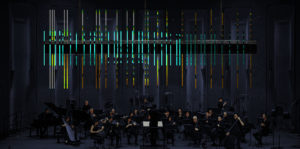
From Within…, a project you are working in collaboration with Marko Nikodijevic and Ensemble Intercontemporain will be announced in June 2018. What induced the creation of this project and how is it going so far?
RH: Marko, who’s a very unique, radical and talented composer for orchestra, initiated the project since he is a fan of my work. We met at IRCAM in Paris and spent a day walking through the city last summer. We had some coffee, croissants, and later some good wine. We talked about ideas, and sound and structure. At the end of the day, we both felt that we have a common basis and that we can get along with each other.
So, the project started. What we want to do is present a piece for orchestra and electronics, and a visual component, which is a different version of contemporary music than many of the current collaborations between electronic music producers and “classical” musicians. We are not interested in having a drum computer or a Mini Moog on stage, and slaving musicians to click tracks. We want to write a score together that merges electronics and instruments based on their spectral properties, and we want to play with space as an important factor, too. There will not be the “normal” stereo setup with microphones for each instrument. Most of the instruments will not be amplified at all, and the electronics will not be played back in stereo. Instead, we will have a 40 channel wave field synthesis array on stage above the ensemble, which allows us to blend synthetic textures and the ensemble in a very delicate way.
This is only possible due to the absolutely amazing sponsoring by d&b Audiotechnik. This German manufacturer of high-quality PA systems is extremely enthusiastic about the project and provides technology and expertise. It is interesting that in such a project with so many people involved, everyone is trying to give their best since a failure would affect and frustrate so many folks. I wonder if this is how large movie productions work, too.
Besides From Within…, what are some of the projects you did in collaboration with other artists that you would like to remember with us?
RH: I consider the creation of Ableton’s Live software the biggest and most significant project I have been, and I am again involved with. There is a long recent interview with Gerhard Behles and me on my website, which provides some sort of look behind the scenes here. In terms of audiovisual fanciness, the Deep Web project with Christopher Bauder is also worth mentioning. And then there is my collaboration with Tarik Barri for several Monolake shows and Torsten Pröfrock’s involvement with the Monolake project in the early 2000s.
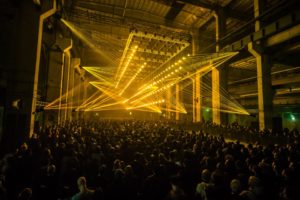
What are you hoping to explore in the future counting creative mediums, hobbies and other things you consider striking for you?
RH: I want to continue working with lasers for concerts and installations. I want to continue a project using 40-year-old computers to create sounds and visuals for a live performance and bring this finally on stage. There is a lot of work to do for this, and I plan to really start after the premiere of From Within…. And then I want to spend much more time in the studio making music. And work on projects for Ableton. And find time for my awesome partner. A very moderate schedule.
Do you have anything else to share with our audience and people who follow you?
RH: I mentioned my website a few times here already. It has grown quite large since 1996, and I spend a lot of time keeping it up to date and interesting. There is a lot to discover there. If what has been discussed in this interview sounds interesting, chances are good that the website has something to offer, too. Like a long conversation with me and Rashad Becker about mastering, or my thoughts on Live Performance in the Age of Super Computers.
